How Cybersecurity as a Service protects your business from online threats
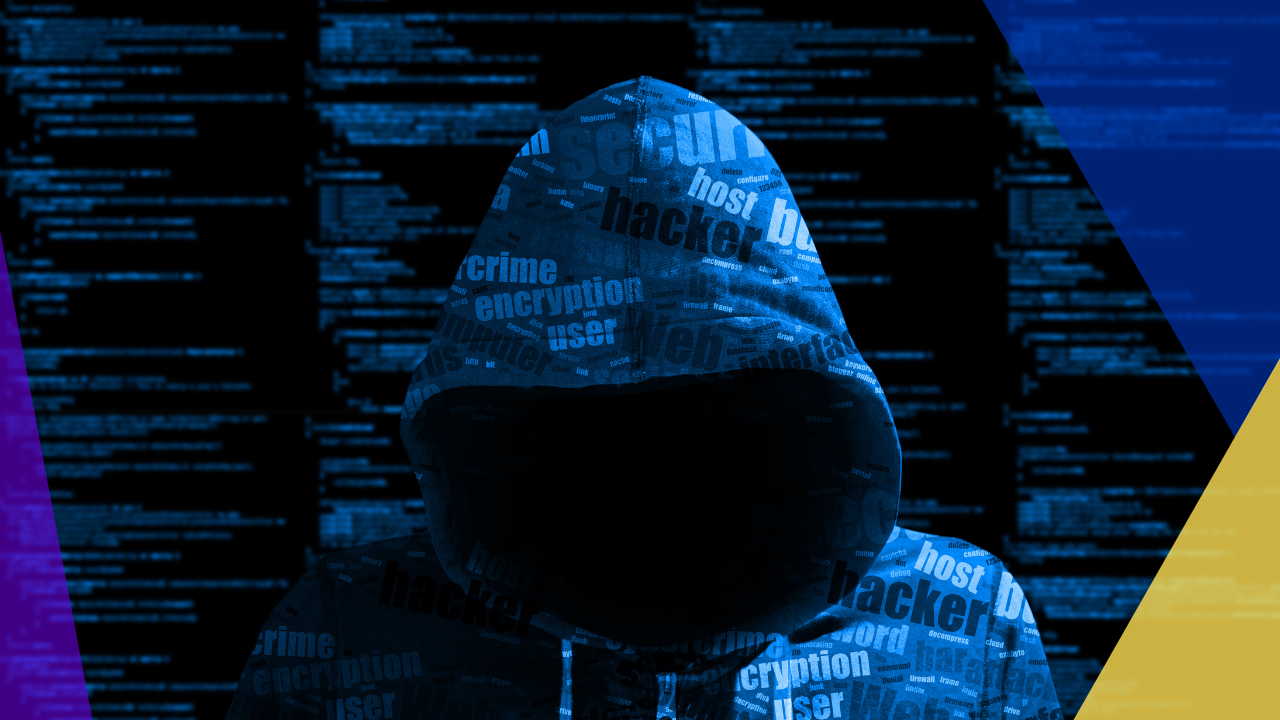
The constant evolution of technology has brought about tremendous opportunities for businesses to thrive. However, with these advancements comes the threat of cyber-attacks and online vulnerabilities that can jeopardize the company.
Cybersecurity as a Service (CaaS) offers businesses a tailored suite of protective measures that will help them stay ahead of cybercriminals.
In this article, we’ll explore what CaaS is, how it works, and why it’s quickly becoming an essential safeguard for companies of all sizes.
What is Cybersecurity as a Service (CaaS)?
Cybersecurity as a Service (CaaS) is a comprehensive, outsourced approach to managing a company’s cybersecurity needs. It leverages cloud-based technology and external expertise to provide ongoing protection against cyber threats.
Subscribing to CaaS providers that offer a range of protective services can help businesses reduce their need to rely solely on in-house IT teams or traditional security software.
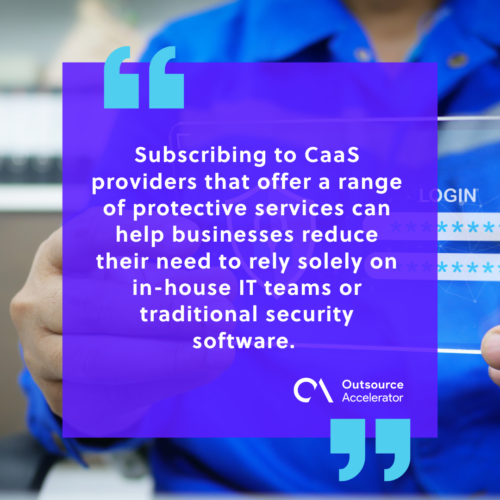
CaaS is designed to be flexible and scalable, allowing businesses to tailor their security measures to their specific needs and risks.
This service model also ensures that companies stay up-to-date with the latest security technologies and practices without the need for significant upfront investment.
By partnering with a CaaS provider, businesses can focus on their core operations, knowing that experts in the field safeguard their digital assets.
How does CaaS differ from traditional security services?
Cybersecurity as a Service differs from traditional security services in several key ways:
Cloud-based vs. On-premises
Traditional security services often rely on on-premises hardware and software solutions that require significant upfront investment, ongoing maintenance, and manual updates.
In contrast, CaaS operates primarily in the cloud, providing businesses with access to the latest security tools and technologies without the need for physical infrastructure.
This cloud-based model ensures that security measures are always up-to-date, with minimal effort from the business itself.
Proactive vs. Reactive
Traditional security services tend to be more reactive, focusing on responding to threats after they have occurred.
CaaS, on the other hand, emphasizes a proactive approach. It includes continuous monitoring, real-time threat detection, and automated responses to potential incidents.
This proactive stance helps prevent attacks before they can cause significant damage.
Comprehensive service offering
Traditional security services may focus on specific aspects of cybersecurity, such as firewalls or antivirus software. CaaS providers offer a more comprehensive range of services.
These can include threat intelligence, incident response, and compliance management. This holistic approach ensures that businesses are protected across all fronts, from network security to data privacy.
7 common online threats faced by businesses
Businesses face a wide range of online threats that can compromise their security and put their operations at risk. Many of these threats have become increasingly sophisticated and damaging.
The most common online threats include:
1. Malware
Malware is malicious software that targets computer systems with the intention of causing harm. It can take various forms, including:
- Viruses
- Worms
- Spyware
- Tojans
Malware can be used to steal data, spy on users, or disrupt operations.
2. Phishing
Phishing is the practice of pretending to be a reliable organization in order to deceive people into divulging sensitive information, such as financial or login credentials.
These attacks often occur through deceptive emails, messages, or websites designed to look authentic.
3. Distributed Denial of Service (DDoS) attacks
DDoS attacks flood a website or network with excessive traffic, overwhelming the system and causing it to crash. This can result in downtime, lost revenue, and a damaged reputation, particularly for businesses that rely on online services.
The Gcore Radar Report noted that attacks of this nature rose by 46% in the first months of 2024.
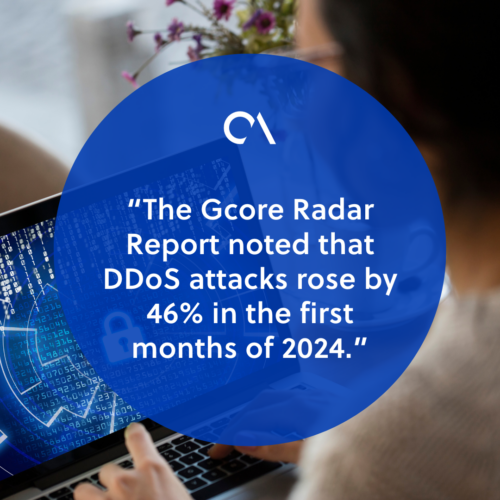
4. Insider threats
Insider threats come from employees, contractors, or business partners who intentionally or unintentionally compromise security.
This can include leaking sensitive information, abusing access privileges, or inadvertently introducing vulnerabilities.
5. Zero-day exploits
Zero-day exploits target vulnerabilities in software or systems that are unknown to the vendor and, therefore, lack patches or updates. Hackers use these flaws to enter systems without authorization.
These attacks can be particularly dangerous because there is no immediate defense available.
6. Social engineering
Attacks using social engineering deceive people into disclosing private information or taking actions that jeopardize security. This can include pretexting, baiting, or impersonation.
7. Man in the Middle (MitM) attacks
MitM attacks involve the unintentional intercepting and possible alteration of communications between two parties by cybercriminals. This can lead to unauthorized access to sensitive data, such as login credentials or financial transactions.
MitM attacks underscore the importance of implementing robust cybersecurity measures, such as Cybersecurity as a Service (CaaS).
The role of Cybersecurity as a Service in business protection
Cybersecurity as a Service works by providing a suite of security solutions and services to businesses through the cloud to protect them from online threats.
Here are some ways that CaaS protects businesses online:
Continuous monitoring and real-time threat detection
CaaS providers continuously monitor a business’s digital environment, including its networks, endpoints, and applications. This oversight, paired with advanced tools, enables the detection of suspicious activities and potential threats in real-time.
Automated systems can identify abnormal behavior, such as:
- Unauthorized access attempts
- Known attack patterns
- Unusual data transfers
IT security teams can then immediately investigate and respond.
Incident response and management
In the event of a security breach or cyberattack, Cybersecurity as a Service provides a structured and efficient response plan.
It identifies the incident’s scope and impact, contains the threat, eradicates the root cause, and restores the affected system.
CaaS providers often have specialized teams that can quickly mobilize to manage incidents, minimizing downtime and damage to the business.
Data encryption and protection
CaaS ensures that sensitive business information is protected through strong encryption methods.
Data encryption converts data into unreadable code, which can only be decoded with the right decryption key, making it harder for unauthorized parties to access the information.
Cybersecurity as a Service also manages encryption for data both at rest and in transit. The result is that critical assets are safeguarded across all communication channels.
Vulnerability and patch management
Regular vulnerability assessments are a key component of CaaS. These assessments identify weaknesses in the business’s IT infrastructure that cybercriminals could exploit.
Once vulnerabilities are identified, CaaS providers deploy patches and updates to address them, ensuring that systems remain secure against known threats.
Automated patch management reduces the risk of human error and ensures timely protection.
Access control and identity management
Simple passwords are no longer enough. Digital Shadows found that in 2022, over 24 billion usernames and passwords had been hacked and published on the dark web.
CaaS enforces strict access controls to ensure that only authorized individuals can access sensitive data and systems. This includes implementing:
- Multi-factor authentication (MFA)
- Role-based access controls (RBAC)
- Identity management solutions
By tightly controlling who has access to critical resources, Cybersecurity as a Service minimizes the risk of insider threats and unauthorized access to critical resources.
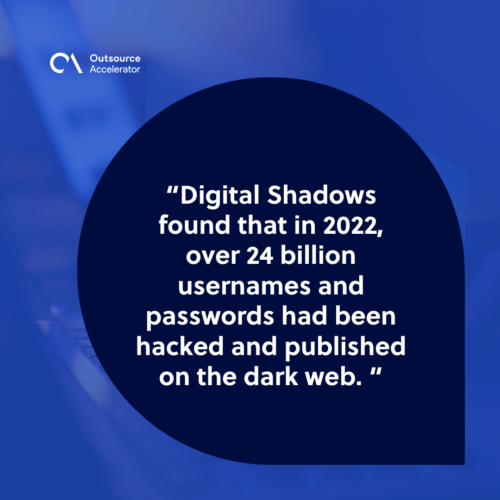
Security awareness training
Human error is a leading cause of cybersecurity incidents, often through phishing attacks or accidental data leaks.
CaaS includes security awareness training programs that educate employees on best practices, how to recognize potential threats, and how to respond appropriately.
Regular training sessions help create a culture of security within the organization, reducing the likelihood of successful attacks.
Benefits of implementing Cybersecurity as a Service
Implementing Cybersecurity as a Service offers numerous benefits for businesses looking to strengthen their security posture and protect their online operations.
Here’s a closer look at these advantages:
Expertise and guidance
Cybersecurity is a complex and rapidly evolving field, requiring specialized knowledge to stay ahead of threats. CaaS providers employ experts with deep experience in cybersecurity, threat intelligence, and incident response.
Businesses can benefit from a level of protection that would be difficult to achieve with in-house resources alone.
Cost-effectiveness
Traditional cybersecurity requires significant upfront investments in hardware, software, and skilled personnel. CaaS operates on a subscription-based model, spreading costs over time and eliminating the need for large capital expenditures.
Firms pay only for the services they need, making CaaS a more affordable option, especially for small and medium-sized enterprises (SMEs) with limited budgets.
Scalability
One of the significant advantages of CaaS is its scalability. As a business grows or its security needs change, CaaS can easily adjust to accommodate new requirements.
Whether adding more users, securing additional devices, or expanding into new markets, CaaS can scale up or down without disruption. This flexibility allows businesses to tailor their security measures precisely to their needs.
Enhanced regulatory compliance
Many industries are subject to strict cybersecurity regulations and standards, such as GDPR, HIPAA, or PCI-DSS. CaaS providers offer tools and expertise to help businesses maintain compliance with these regulations.
This includes secure data handling practices, regular audits, and comprehensive reporting. Maintaining compliance not only keeps you out of trouble with the law but also fosters trust with partners and clients.
Access to advanced technologies
Cybersecurity as a Service providers offer cutting-edge security tools and technologies that are constantly updated to address emerging threats.
Businesses gain access to sophisticated solutions like AI-driven threat detection, real-time monitoring, and advanced encryption, which would be costly and complex to implement in-house. This ensures that the latest protective measures are always in place.
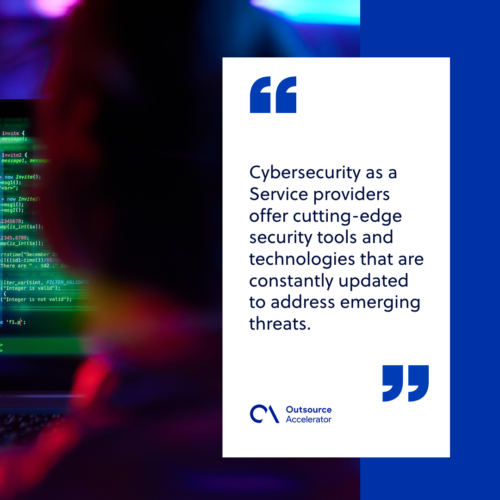
Simplified security management
Managing cybersecurity in-house can be complex and resource-intensive, requiring constant updates, monitoring, and troubleshooting. CaaS simplifies this process by handling all aspects of security management, from threat detection to compliance reporting.
It allows internal IT teams to focus on other critical tasks while knowing that cybersecurity is in expert hands.
Peace of mind
With CaaS, businesses can operate with greater confidence, knowing that state-of-the-art security measures protect their digital assets.
This peace of mind is invaluable, allowing business leaders to focus on growth and innovation without being constantly worried about potential cyber threats.







 Independent
Independent




